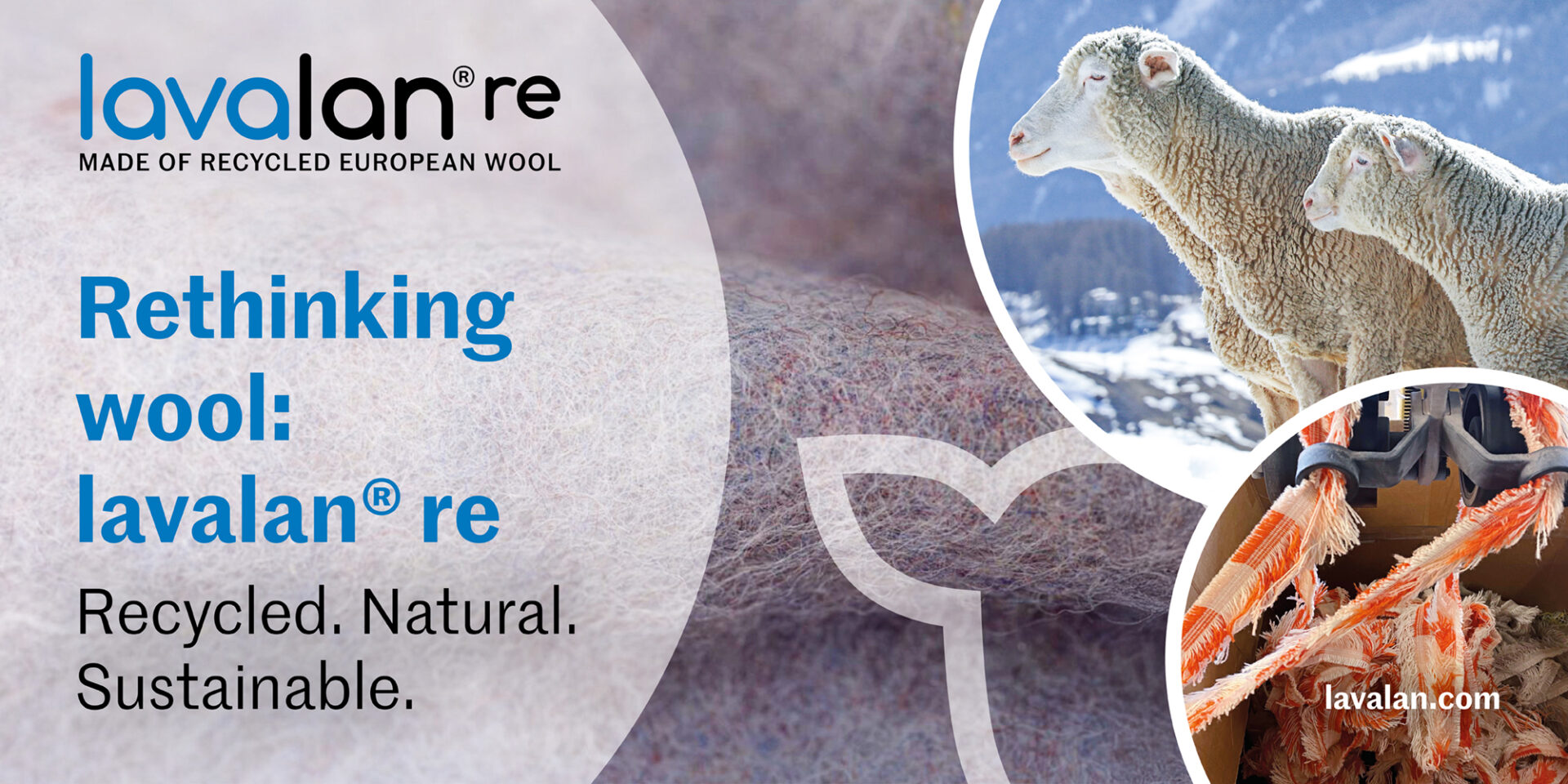Which destinations have developed solid sustainable strategies to protect the environment? Here you can find out which green certificates a destination can receive, which criteria play a role and where current sustainability rankings can be found.
Why is sustainable tourism important for an outdoor destination?
The tourism industry is one of the fastest growing economic sectors in the world. This automatically comes with many challenges for popular destinations. However, while mass tourism can often have negative consequences for nature, the local population and the local cultural heritage, environmentally conscious travel actually has a favorable effect on a destination in many places. In its 2030 Agenda for Sustainable Development, the United Nations also places a strong focus on tourism as an opportunity to strengthen the development of a region in the best possible way.
In addition to making a conscious decision about where to travel, you can of course also make a contribution to sustainable travel by traveling to your next adventure by train instead of by car or plane, for example. In the destination itself, you can look for ways to get around on foot or by bike in a more environmentally friendly way and stay in accommodation recognized for its sustainability efforts. Taking an hour at your destination, for example to collect rubbish or help with other projects that benefit the area, is an opportunity to give something back to the destination you are visiting.
What criteria and quality seals are there?
An increasing number of regions are now showing above-average commitment to sustainability and environmental protection. Today, there are more than 150 quality seals on the market that rate regions, accommodation, campsites, beaches, nature reserves and tourist offers. It is not at all easy to keep track of the various awards and their focus. Criteria that are included in the assessment include whether the environment is protected as much as possible through functioning concepts, whether energy and water-saving measures are taken and whether waste is reduced or avoided. Fair working conditions and the benefits of tourism for the local population also play a major role in the evaluation.
Certificates for the sustainability work of an entire destination are awarded by the US non-profit organization Global Sustainable Tourism Council (GSTC), among others. The GSTC acts as an international accreditation body for the labeling of sustainable tourism and sets global standards for environmentally friendly travel and tourism. Sustainable management, socio-economic and cultural impacts as well as the impact on the environment are important factors that GSTC takes into account in its assessment.
The Australian company EarthCheck is another globally active certification group for sustainable destinations and tourism, which recognizes criteria such as the conservation and management of ecosystems, land use planning, energy efficiency, greenhouse gas emissions, protection of air quality, noise and light pollution, the management of freshwater resources, wastewater management, waste handling and cultural and social management.
What sustainable destination rankings are there?
In turn, various companies regularly publish lists of the most sustainable travel destinations of the year. One of the best known is the global market research company Euromonitor International with its Sustainable Travel Index list, which recognizes the 20 most sustainable travel destinations in the world based on 56 ranking indicators. The environmental, social, economic, risk, demand, transport and accommodation factors play a major role here.
The Global Destination Sustainability Movement (GDS) also compiles a new ranking every year and evaluates destinations based on 77 criteria from the four fields of environmental performance, social performance, suppliers and destination management.
Looking for your next exciting, low-impact outdoor adventure? Then check out our suggestions in “10 Sustainable Outdoor Destinations in Europe.”
Lead Photo: Friluftsbyn Höga Kusten/imagebank.sweden.se















Sorry, the comment form is closed at this time.